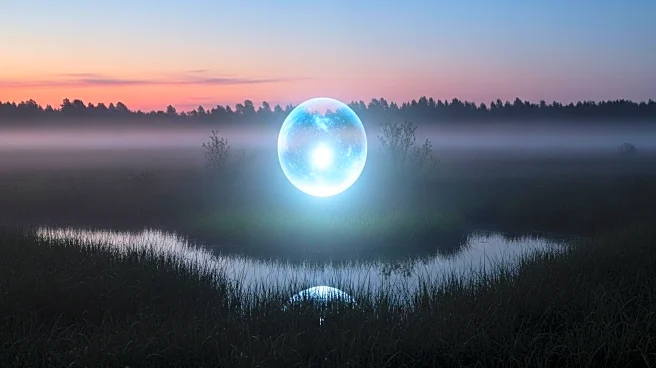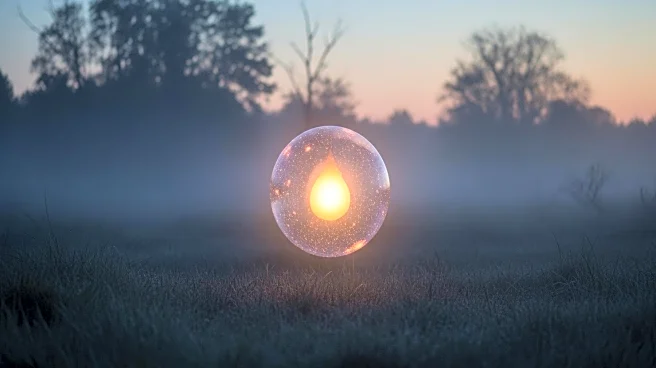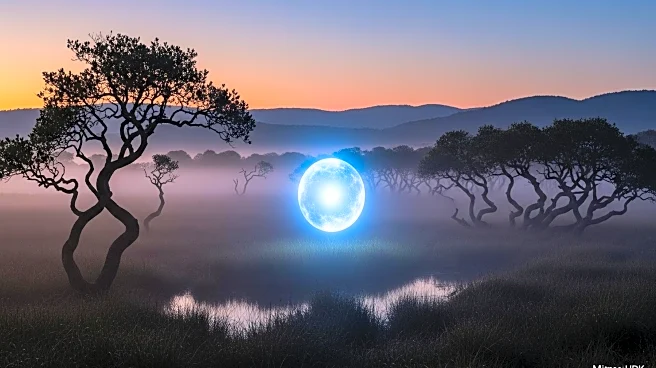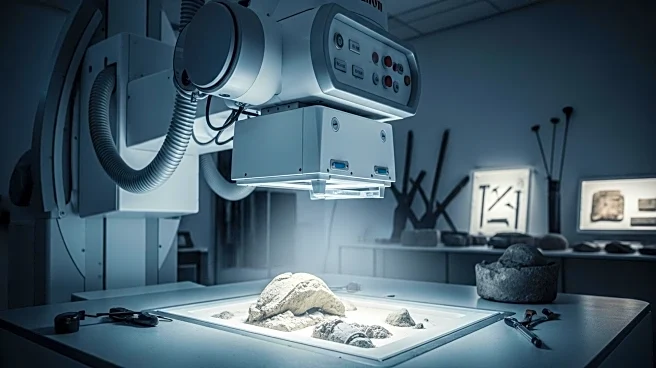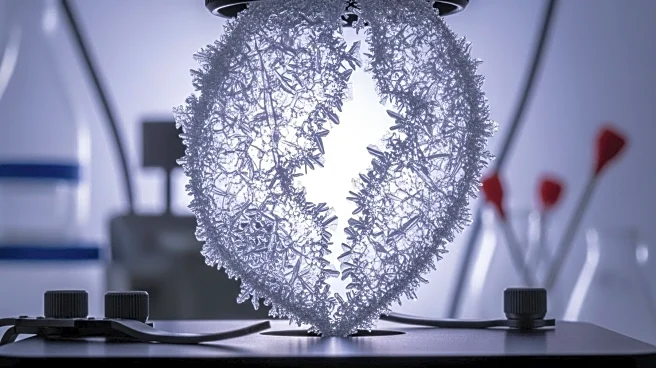What is the story about?
What's Happening?
Researchers at Stanford University have proposed a new explanation for the mysterious will-o'-the-wisps, often seen as blue-tinged lights in swamps and bogs. The study suggests that these lights are caused by microlightning, or electric sparks, generated between bubbles of methane and air in water. This phenomenon occurs when bubbles collide, creating a spark powerful enough to ignite methane gas, leading to the observed flashes of light.
Why It's Important?
This discovery provides a scientific basis for a phenomenon that has long been shrouded in folklore and mystery. Understanding the natural processes behind will-o'-the-wisps could enhance scientific knowledge of gas combustion in natural environments. It also bridges historical beliefs with modern science, offering a plausible explanation for a phenomenon that has intrigued people for centuries.
Beyond the Headlines
The study highlights the complex interactions between natural elements, such as water and gas, and their potential to create unexpected phenomena. This research could inspire further investigations into other unexplained natural occurrences and contribute to the broader field of environmental science.
AI Generated Content
Do you find this article useful?
